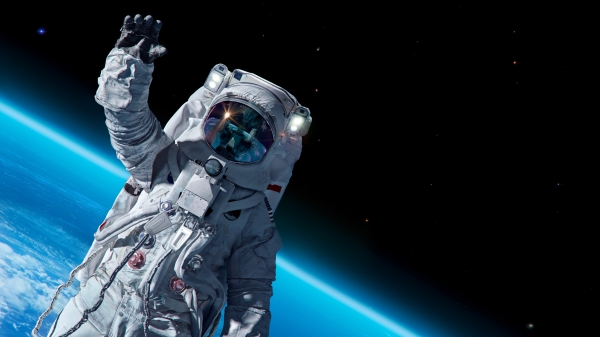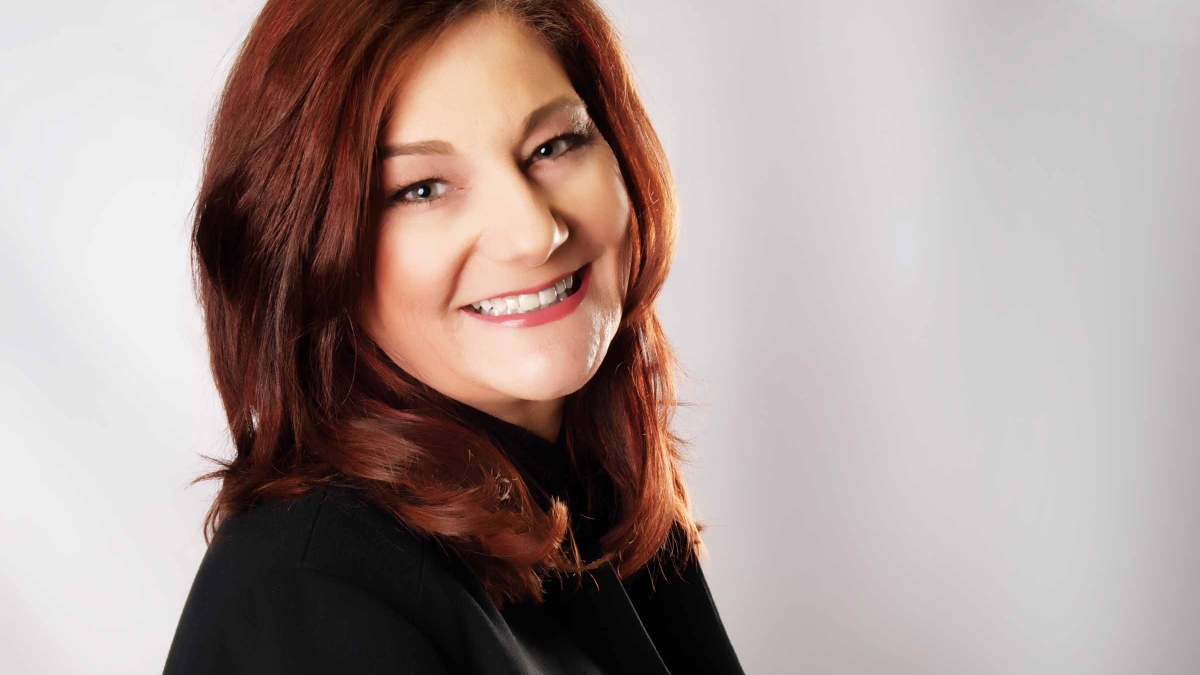Editor's note: Leading up to Homecoming, we'll be running several stories a week on ASU alumni. Find more alumni stories here.
As a program manager for medical device company Medtronic Inc., Virginia Counts sees firsthand some of the latest and most exciting advancements in medical technology — like new ways to monitor cardiac health.
But as her career in the field has progressed, she has also seen more women involved in the sciences, an issue that has always been important to Counts: She has been involved with the Society of Women Engineers since her days as an undergrad at Arizona State University.
Counts has recently returned to her alma mater as a doctoral student in ASU’s Ira A. Fulton Schools of Engineering. She also holds a bachelor’s and master’s degree from ASU; Counts started out in civil engineering but switched to mechanical engineering because she was more intrigued by the fact that it allows one to actually see how things work.
Read on to find out more about some of the cool medical gadgets coming out today, and to get some advice from Counts on finding success as an engineer.
Question: What does your position as a program manager entail?
Answer: Medtronic Inc. is a medical device company. I work in the cardiac-rhythm and heart-failure unit with sourcing, so I work with suppliers transitioning medical device components from supplier to supplier. In the medical device industry, because we are heavily regulated and because we’re dealing with people’s lives, we’re very cautious anytime we make any kind of change. There’s engineering in all kinds of medical device testing, in assessing the changes and figuring out what kind of testing we have to do.
Q: Why did you choose to pursue a career in engineering?
A: In high school I was always very good at math and science. I graduated from high school in three and a half years, and in that time, I took five years of math. It just came really easy to me. As I was picking a career, some family friends who were engineers influenced me to pursue that field. I started out in civil engineering because that was the field our family friends were in. But I decided to switch to mechanical engineering because you can see it; you can see mechanical things working, which, to me, made it easier to understand and I felt it was more practical and applicable to many different problems.
Q: What do you love about your job?
A: One of the things I love the most about my job is that I get to work with teams of people and, as a group, we figure out the best way to solve a problem. One of the ways I think I contribute the most is helping people make the connections between what seems like very different pieces of information and helping them see those connections.
Q: You were recently recognized as one of “Arizona’s 48 Most Intriguing Women.” How does it feel to be included in that group?
A: I was just astonished that I was chosen to be among this wonderful group of women. If you look at the website, you’ll see the names of the other women honored, and they are some amazing women. It was really a huge honor to be included in this group of diverse, successful women.
Q: It is sometimes the case that women opt not to pursue careers in fields like engineering because of gender discrimination or stereotypes. Is that something that you ever struggled with?
A: When I look back on my career as a student, which began as an undergrad in 1983, things were different then. I’ve made it a priority in my life to help influence change regarding stereotypes around women and technology and, as such, I’ve been very involved in the Society of Women Engineers throughout my whole career. I first became involved with the group as a student at ASU, in a local chapter on campus, and I served as president of the organization from 2008-2009.
Q: How do you see technology affecting the health-care sector in the future?
A: I see wonderful things happening. For example, Medtronic has two recent devices that look like they should be on “Star Trek.” One is called Reveal LINQ, a cardiac monitoring device that is teeny-tiny but is able to help patients who are having infrequent issues that are difficult to figure out. It’s amazing how small the device is (about the size of a pack of gum) and how easy it is to implant. I think a day will come soon where many of us will have a device like this connected with our iPhones, almost like you do with Fitbit. We also launched another pacemaker device called Micra, which is a tiny pacemaker that gets implanted very similarly to how a stent gets implanted. I think there are some very cool things out there when it comes to technological advancements in health. In the medical industry, we have the opportunity to shift from helping patients with their symptoms to preventing those symptoms in the first place.
Q: What advice would you give to aspiring engineers?
A: I think it’s really important to reach out to student organizations, like the Society of Women Engineers. They can give you a network of professional contacts, and probably even friends over time. In line with that, my other advice is make sure you get some work experience before you leave school. Whether through a lab position, or as an intern, or something else, to figure out what you like and what you don’t like. Engineering is a wonderful baseline knowledge for anything you want to do in your career. Even branching out to something as different as law or medicine. I think with technology advancing so quickly these days, having the technical background to be able to launch off of is really helpful for anybody just starting out.
More Science and technology

Brilliant move: Mathematician’s latest gambit is new chess AI
Benjamin Franklin wrote a book about chess. Napoleon spent his post-Waterloo years in exile playing the game on St. Helena. John Wayne carried a set and played during downtime while filming “El…

ASU team studying radiation-resistant stem cells that could protect astronauts in space
It’s 2038.A group of NASA astronauts headed for Mars on a six-month scientific mission carry with them personalized stem cell banks. The stem cells can be injected to help ward off the effects of…
Largest genetic chimpanzee study unveils how they’ve adapted to multiple habitats and disease
Chimpanzees are humans' closest living relatives, sharing about 98% of our DNA. Because of this, scientists can learn more about human evolution by studying how chimpanzees adapt to different…
